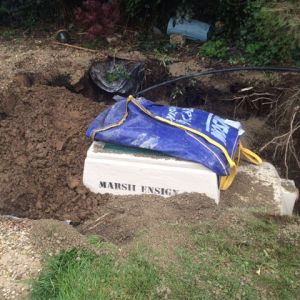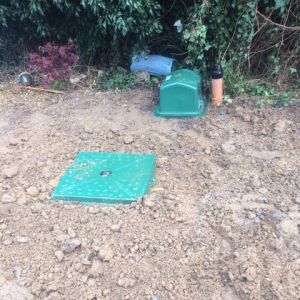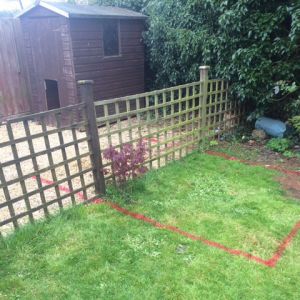sewage treatment
What is sewage treatment
Here at Bates Environmental, we can help you by providing our sewerage services. Sewage treatment can present an environmentally responsible, long-term solution to sewage treatment. This is due to sewage treatment plants use natural processes to aid in breaking down and neutralising sewage waste.
Sewage treatment plants use physical, chemical, and biological processes to remove physical, chemical and biological contaminants, therefore creating an environmentally-friendly sewage disposal process, the end results being fluid effluent and solid waste suitable to dispose of, or to be reused for products such as farm fertiliser.
Sewage treatment plants are now produced by many different manufacturers. All the systems are based on producing a final effluent that is significantly cleaner than that produced from a septic tank. Bates Environmental can advise on the sewage treatment plant that is most suited to your needs.
A modern sewage treatment plant is compact and extremely efficient. Sizes are available to suit anything from large commercial premises to a single household.
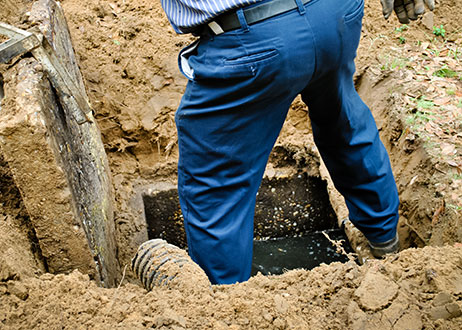
Servicing & Maintenance
Read more about our servicing & maintenance


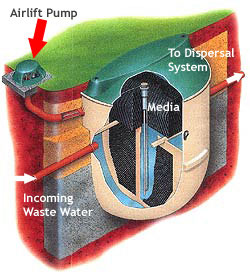 The illustration to the left shows a typical sewage treatment plant installation. Key elements:
The illustration to the left shows a typical sewage treatment plant installation. Key elements: